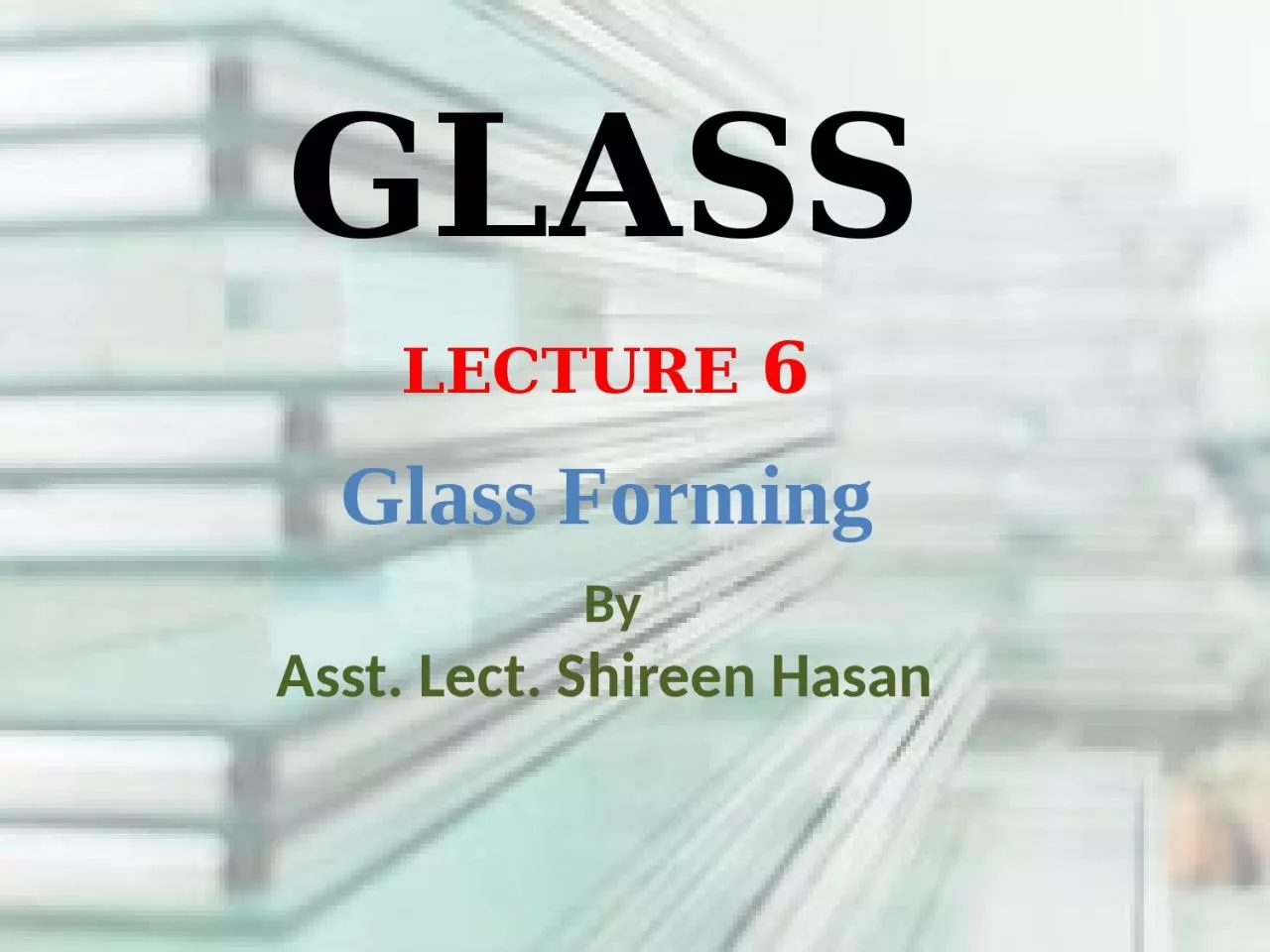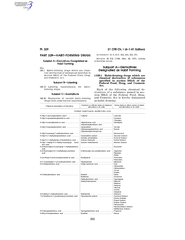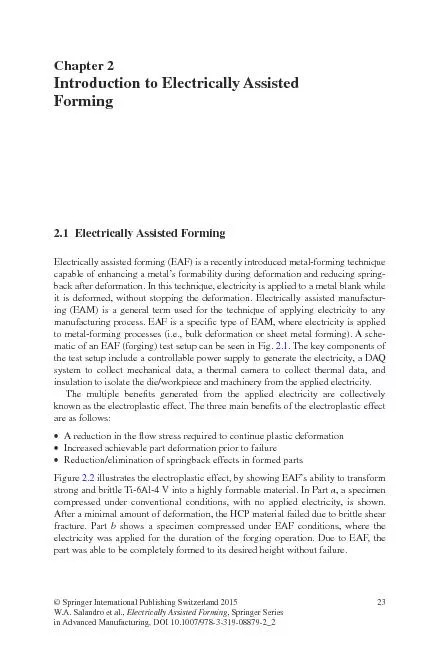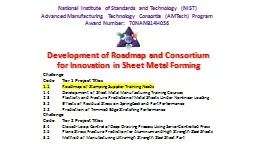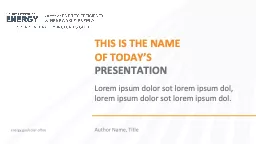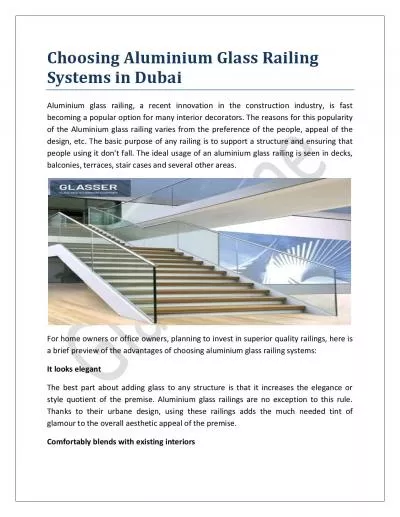PPT-GLASS LECTURE 6 Glass Forming
Author : lauren | Published Date : 2023-09-24
By Asst Lect Shireen Hasan Glass forming is an intermediate stage in glass manufacturing process It comes in between glass melting and annealing Manufacturing
Presentation Embed Code
Download Presentation
Download Presentation The PPT/PDF document "GLASS LECTURE 6 Glass Forming" is the property of its rightful owner. Permission is granted to download and print the materials on this website for personal, non-commercial use only, and to display it on your personal computer provided you do not modify the materials and that you retain all copyright notices contained in the materials. By downloading content from our website, you accept the terms of this agreement.
GLASS LECTURE 6 Glass Forming: Transcript
Download Rules Of Document
"GLASS LECTURE 6 Glass Forming"The content belongs to its owner. You may download and print it for personal use, without modification, and keep all copyright notices. By downloading, you agree to these terms.
Related Documents

